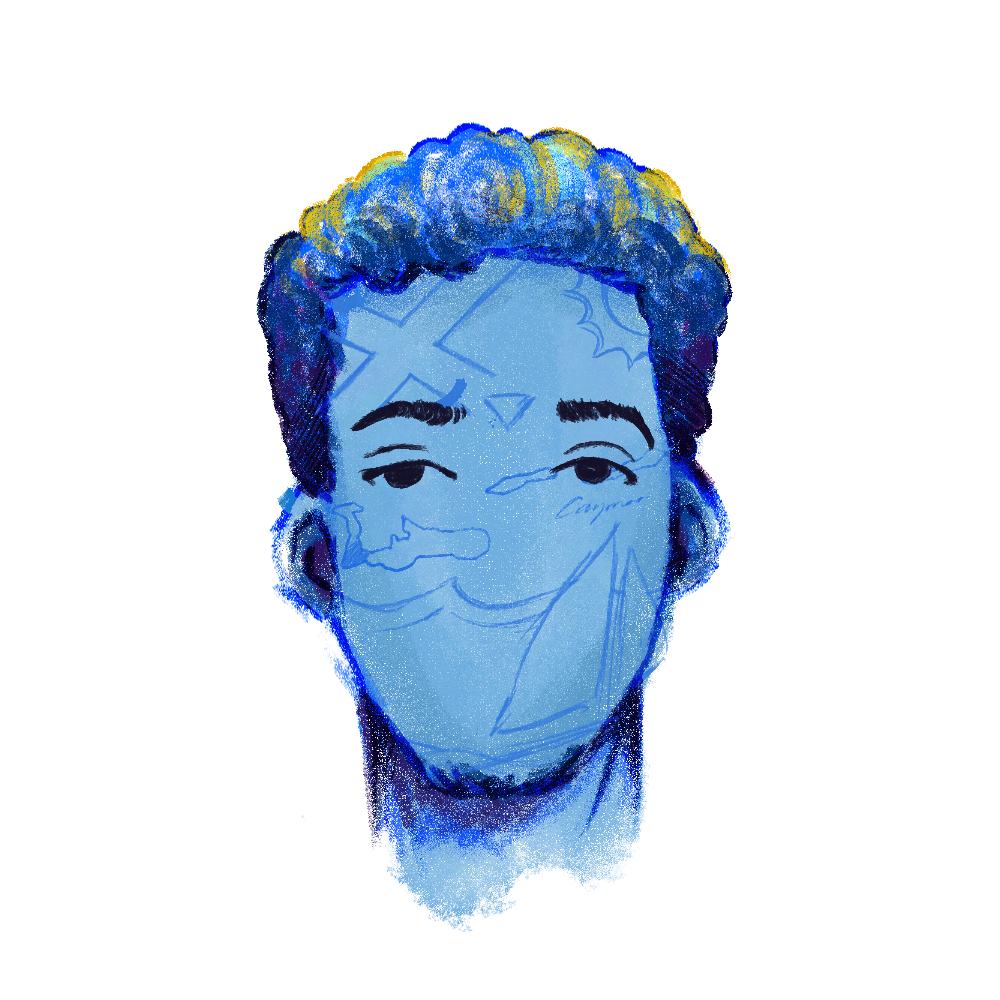I Cannot Thee Forget
About this work
This is the write-up I did regarding this piece for the course for which I made it.
I was born to Jamaican parents in George Town, a district of Grand Cayman, Cayman Islands. Despite this, I never lived a ‘Caymanian childhood.’ This is because Caymanian culture feels exclusive—a lot of it is history, and it was almost necessary to participate with a parent or grandparent who was immersed in it. This was impossible for me as a child of Jamaican immigrants.
Furthermore, many ‘generational’ Caymanians (i.e., those who descend from Caymanians with some kind of connection to the original settlers) have made us infamous for xenophobia and excluding immigrants and children of immigrants from the culture. And moreover, the culture itself is eroding with the internet age and globalization. So even now, the only thing that really connects me and many other Caymanians to Cayman is the accent and bits and pieces of colloquialism that we share.
Even so, I acknowledged after a certain point that I have lived in Cayman all my life, and I am familiar with the culture even if it is solely through knowledge thereof, and not through personal experience. I realized that, even if I feel alienated from my cultural context, my identity and the history of the place I call home are intertwined whether I like it or not.
What’s on my face, and what does it mean?
The map of the islands across the face has my home district shaded in to represent where specifically I come from. In my head, this and the word Cayman in cursive underneath my eye are part of the same doodle or ‘tattoo’,
The sun represents the tropical climate of the Cayman Islands,
The X on the forehead is actually the golden cross from the Jamaican flag — partly to indicate my personal connection to Jamaica, and partly to indicate Cayman’s own historical sociopolitical connection to Jamaica,
The wave and catboat where my nose and mouth should be both represent Cayman’s seafaring history and the boats that Caymanians are known to sail,
And the upside-down triangle is (reportedly) the alchemical symbol for water, which, given Cayman's historical reliance on the sea for trade, food, and travel, and our modern love for the sea because of entertainment, is important.
The title comes from our national song Beloved Isle Cayman by Hon. National Hero Leila Ross-Shier, the chorus of which is as follows:
“Dear, verdant island, set in blue Caribbean sea,
I'm coming, coming very soon, O beauteous isle, to thee!
Although I've wandered far, my heart enshrines thee yet.
Homeland! Fair Cayman Isle, I cannot thee forget!”
The song is important to me, because it’s not about having Caymanian parents or being immersed in the culture. The song is about calling somewhere home and underscores the idea that no matter how far away we are from home, culturally or physically, it’s impossible to forget that home. It’s impossible for us to not be from that place. It’s impossible for me to not be Caymanian.
Process
When going into this project, I wanted to make unity and colour the standout principles. I found an photo of myself from summer 2023, traced it in Photoshop for iPad, and added the rest of the doodles on my face afterwards.
Details
Type
Graphic design, art, illustration
Tools
Photoshop
Client
For CCT250 @ UTM
Year
2025

